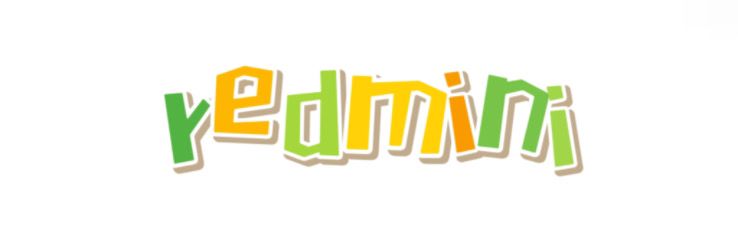Bush vs. Bearing: Key Differences Explained for Beginners
Nov. 09, 2024
In the world of engineering and machinery, the terms "bush" and "bearing" often come up in discussions about mechanical support and motion transfer. For beginners, understanding the key differences between these two components is essential to grasp how they contribute to the functionality of various machines. This article will break down the fundamental distinctions between bushes and bearings, while also connecting with industry experts for a broader perspective.
Understanding the Basics
Both bushes and bearings are crucial in reducing friction and supporting rotating or moving parts in mechanical systems. However, they serve different purposes and come with unique characteristics. Let’s dive deeper into these definitions.
What is a Bush?
A bush, often referred to as a bushing, is a type of sleeve typically made from materials like rubber or metal, designed to fit around a rod or shaft. It acts as a protective barrier and aids in reducing wear and tear on the shaft, offering a cushioning effect and preventing damage to both the shaft and the housing.
What is a Bearing?
In contrast, a bearing is a much more complex component, designed to facilitate motion by reducing friction between surfaces. Bearings can be ball, roller, or fluid types and are crafted from high-performance materials that withstand significant loads and stresses.
Key Differences
While bushes and bearings share the common goal of minimizing friction, they differ significantly in design, application, and performance. Understanding these differences will help you choose the right component for your needs.
Design and Structure
Bushes are typically simple, cylindrical shapes that provide basic support, whereas bearings have intricate designs that incorporate rolling elements to enable smoother motion. Many bearings feature precision engineering that facilitates higher strength and lower friction than bushes.
Application in Machinery
Bushes are usually found in applications where there is limited movement and are used to provide a simple support function, such as in doors or simple machinery. Conversely, bearings are utilized in high-speed applications such as motors, vehicles, and industrial gearboxes, where efficiency is vital.
Explore more:Minerals & Metallurgy
Performance and Load Capacity
What Mesh is Used for Gabions?
Top Benefits of Industrial Scrubber Stainless Steel Clad Plates
Why Choose a Stainless Steel Backing Sheet?
Top Benefits of Using Steel Wrapping Plates Today
How to Choose Expanded Metal Mesh
What is Granulated Calcium Carbonate?
When comparing load capacity, bearings outperform bushes significantly. Bearings can handle much higher loads and maintain performance longer because of their design. For instance, in high-performance automotive applications, the precision of bearings is critical for efficiency and functionality.
Industry Insights
Industry experts emphasize the importance of selecting the right component for specific applications. For instance, renowned mechanical engineer John Smith noted, "Choosing between a bush and a bearing should depend on the mechanical demands of the system. For lighter tasks, bushes suffice, but for more rigorous requirements, bearings are a must."
Cost Considerations
From a cost perspective, bushes are generally more affordable than bearings, making them a go-to for low-budget projects. However, consider the long-term value; while bushes can save upfront costs, bearings may lead to reduced maintenance and longer lifespan.
Conclusion
Understanding the differences between bushes and bearings is vital for anyone involved in engineering or mechanical applications. These components, though similar in purpose, cater to different needs. As you explore options for your projects, consider reaching out to industry influencers and experienced creators like Jane Doe, whose insights on mechanical components can provide further valuable guidance.
By grasping these differences, you’ll be better equipped to make informed decisions in your engineering projects and mechanical repairs.
If you want to learn more, please visit our website Difference Between Bush And Bearing, Tyre coupling price in China, Tyre coupling price in Belgium.
Explore more:Copper Clad Steel Coil for Russia: The Ultimate Buyer’s Guide
127
0
0

Comments
All Comments (0)